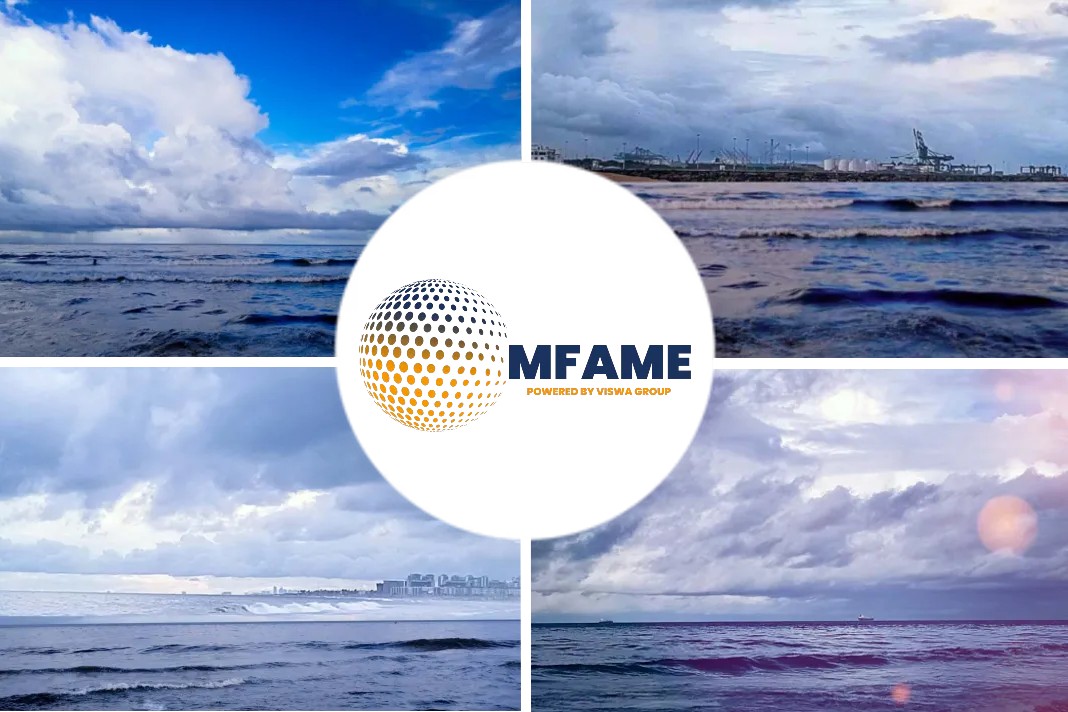- Marine fuel sales at Fujairah were hurt in 2020 due to the dominance of oil tankers calling at the UAE’s east coast port and OPEC+ production cuts.
- Fujairah’s monthly bunker volume fell almost 18% to about 575,000 mt in 2020 from 700,000 mt in 2019.
- Both Singapore — the world’s largest bunkering destination — and Rotterdam reported higher volumes for 2020.
According to a recent news article published in the Platts, Fujairah marine fuel sales hurt in 2020 as OPEC+ output cuts curbed tanker activity.
“Fujairah is a distinctively different port compared to Singapore and Rotterdam with regards to vessels calling at the port,” Saral told S&P Global Platts in response to questions.
“In Singapore and in Rotterdam container and bulk traffic form a huge majority of the demand whereby Fujairah port has always had a much heavier reliance to tanker fleet. Given the impact of COVID to oil products demand along with the impact of OPEC+ crude oil export cuts, the region experienced significant headwinds on underlying tanker activity, hence explaining the bunker demand decline observed year on year.”
No public reports from Fuajirah
Fujairah does not report its bunker volumes publicly and the port did not respond to a request for comment.
OPEC, Russia and several other key oil producing countries have cooperated on a series of output cuts for more than four years to boost prices.
It includes an unprecedented 9.7 million b/d cuts in mid-2020 during the depths of the pandemic.
Saudi Arabia
Those cuts are now being tapered gradually, though Saudi Arabia has announced a unilateral additional 1 million b/d cut for February and March to shore up the market as infection numbers have soared this winter.
Singapore’s total bunker sales were at 49.83 million mt in 2020, up 5% on the year and the second-highest volume since 2017.
It was a time when sales were at a record 50.64 million mt, according to preliminary data released Jan. 13 by Singapore’s Maritime and Port Authority.
At the same time, total sales of oil-based bunker fuels, excluding lubricating oils, at the Dutch port of Rotterdam rose 6% in 2020 at 7.518 million cu m, according to data from the port authority.
Singapore port
“Firstly, we concur that the Singapore [port] has delivered a year-on-year increase on port’s marine fuel sales, however, it is our view that this is due to consolidation of the underlying maritime trade into the port coupled with regionally more efficient VLSFO availability,” Saral said.
“The tonnage increase in the port has happened at the expense of other ports regionally and globally as net marine fuel demand was at a decline year on year between 2019 and 2020 due to the pandemic impact, especially during the first half.”
Rotterdam’s sales
He also said Rotterdam’s sales being reported by volume, and not by weight, could be misleading. “Considering significant density difference between HSFO, the benchmark in 2019, and the current main marine fuel VLSFO, once converted to weight for a like-for-like comparison to Singapore performance, the numbers may reveal a different story.”
Did you subscribe to our daily newsletter?
It’s Free! Click here to Subscribe!
Source: Platts























![[Watch] Anti-Piracy & Hostage Situation Awareness](https://mfame.guru/wp-content/uploads/2023/11/mfame-tanker-100x70.jpg)

